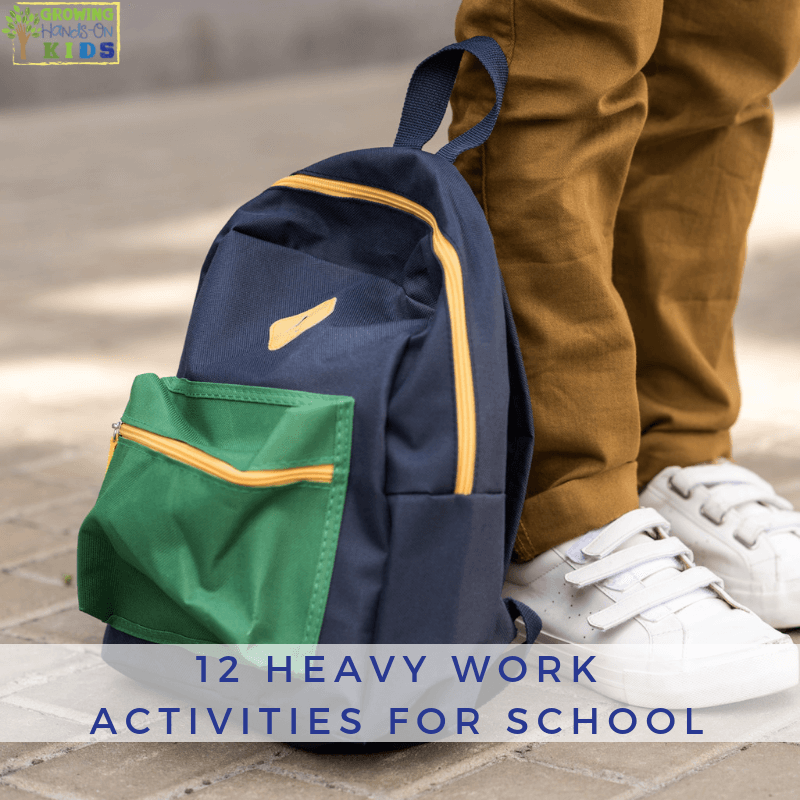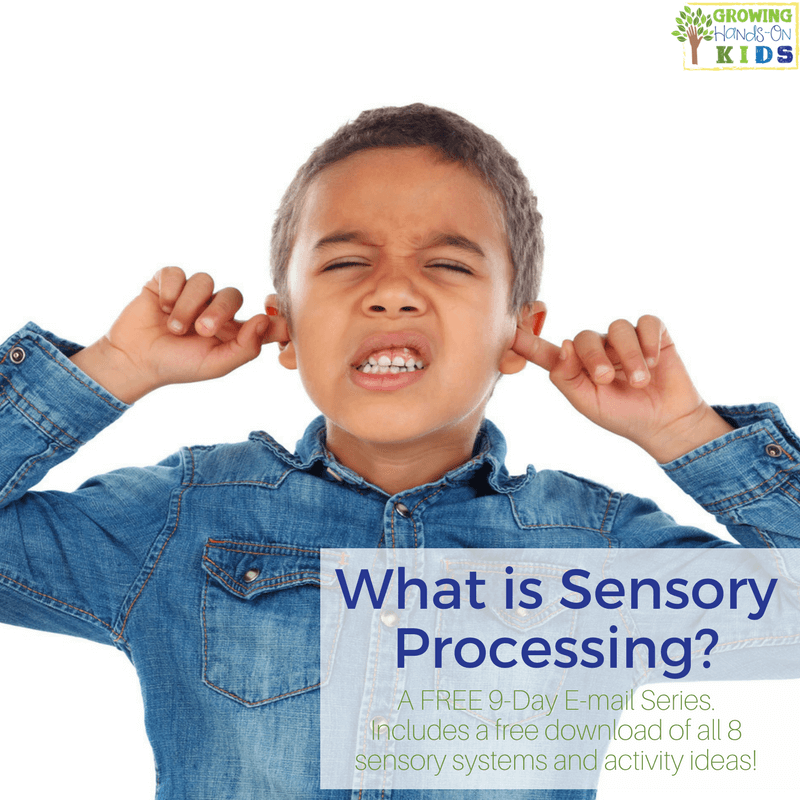12 Heavy Work Activities for School
Affiliate and Referral links are used below to promote products I love and recommend. I receive a commission on any purchases made through these links. Please see my disclosure policy for more details. As an Amazon Associate, I earn from qualifying purchases.
Have you been searching for heavy work ideas but are struggling to find something that will work for your classroom or school environment? Today I have you covered with heavy work activities for school.
What is Heavy Work?
Heavy work is a term coined to describe any type of activity that activates proprioceptive receptors. Proprioception is the sensory system responsible for body awareness and it activates in the muscles, joints, and ligaments.
Heavy work can have a calming effect or alert and orienting effect based on what your student is craving. It allows your student to get adequate proprioceptive input that will help them focus and increase self-regulation.
12 Heavy Work Activities for School
I've put together a list of activity suggests that work well in the school or classroom environment. If you have a sensory room or movement space in your school, many of these would work well for there too.
1 || USE WEIGHTED LAP BEANBAGS
These can be great to have around during homework or during class time to give some added input to help focus and attend. They are easy to make with rice or beans. You can find a DIY Weighted Lap Pad tutorial HERE.
2 || SIT IN BEAN BAG CHAIRS
Bean bag chairs are great to have as alternative seating options or in a quiet or calming space. It can be like getting a nice hug but without the actual hug. This can have a calming effect and also help kids focus while reading or doing other calming activities.
3 || HELP TO REARRANGE FURNITURE OR EQUIPMENT
If you have class jobs that include moving furniture or equipment, this is a great job to give to a student who needs the added proprioceptive input.
4 || BODY SOCK AT CIRCLE TIME
Body socks are great at giving input for where your body is in space. Plus the child can push against them and get the needed proprioceptive input they need during a time when they need to be sitting in a group. You can also use this at any time, not just circle time. You can get different sizes depending on the ages you are working with. Typically small, medium or large sizes are available.
You can also read my post on activities to do with a body sock HERE.
5 || LYCRA AS A CHAIR POCKET
You can get regular lycra material and tie it around a chair or desk to make a little pocket. A child can push their feet against it or hands under a desk to get some added input to help them focus during desk work.
6 || CHEW GUM OR CRUNCHY FOODS
Chewing gum or crunchy foods is like a mini workout for the mouth! Your mouth is full of proprioceptive receptors. So chewing gum or having crunchy foods as a snack or break time is a great option that all the kids can enjoy together.
7 || SIP WATER FROM A STRAW
Seriously, again, so simple! The act of sucking through a straw is again another great proprioceptive activity with the mouth. If you have a child who has some oral sensitivities or gravitates towards putting things in their mouth all the time, this is a great one. The child can bring their own from own, or you can have assigned water bottles for the entire classroom.
8 || WIPE DOWN SURFACES SUCH AS A WHITEBOARD OR CHALKBOARD
Cleaning on the chalkboard or whiteboard, wiping down a table, or scrubbing off a dirty surface all give great proprioceptive input through the upper body.
9 || WALL OR FLOOR PUSH-UPS
These can be included as options in your calm-down area or can be done in a hallway or classroom during transition or break times. No equipment necessary, which is the best kind of activity! The children use their bodies as the “weight” to push against by pushing against the wall, bending at their elbows. Or just do regular floor push-ups if you are able to in the classroom or sensory/movement space.
10 || SHARPEN PENCILS WITH A MANUAL PENCIL SHARPENER
This one is a little “old school” since electric pencil sharpeners are probably more common. Having a manual pencil sharpener is a great way to get proprioceptive input through the hands and arms.
11 || YOGA POSES
Yoga is a great way to take a break and self-regulate as a class. There are many great options out there, such as Cosmic Kids Yoga Channel on YouTube (if your school allows you to access YouTube). For a none YouTube option, Kids Yoga Stories is great (she has many books and yoga cards).
12 || USE A WEIGHTED BACKPACK AND CARRY A WEIGHTED OBJECT DURING TRANSITIONS
Transition time can be a struggle for many kids with sensory processing challenges. Giving them a weighted backpack to use between switching classes or heading to the bathroom or lunch is a great option. You can also give them jobs such as carrying copy paper to the copy machine or doing various errand jobs that include carrying a weighted item.
For more resources of heavy work and sensory processing, check out the links below.
Adapt-Ease Children's Sensory Body Sock Awareness Pod Medium Autism AwarenessX-Acto 1041 Model l table- or wall-mount pencil sharpener, chrome receptacle, black base, 1 UnitBostitch Office Twist-N-Sharp Manual Pencil Sharpner, 2 Holes for Standard and Jumbo Pencils with Rachet Technology, Perfect Kids Pencil Sharpener (PS2-ASST)Contigo Kids Gizmo Flip Water Bottles, 14oz, French Blue/Coral, 2-PackContigo Kids Autospout Gizmo Water Bottles, 14oz (Cherry Blossom, Persian Green, & Lavender)Stuffed Animal Storage Bean Bag Chair, Bean Bag Cover for Organizing Kid’s Room – Fits a Lot of Stuffed Animals, Large/Flowers WhiteFlash Furniture Small Light Pink Dot Kids Bean Bag ChairECR4Kids Junior Classic Bean Bag Chair, Blue (26Lycra Shiny Milliskin Nylon Spandex Fabric 4 Way Stretch 58

Heather Greutman, COTA
Heather Greutman is a Certified Occupational Therapy Assistant with experience in school-based OT services for preschool through high school. She uses her background to share child development tips, tools, and strategies for parents, educators, and therapists. She is the author of many ebooks including The Basics of Fine Motor Skills, and Basics of Pre-Writing Skills, and co-author of Sensory Processing Explained: A Handbook for Parents and Educators.













